The seating arrangement for Monday evening’s press conference in the German Chancellery, on the latest developments in the coronavirus pandemic, appeared portentous: A dozen chairs at most, all carefully spaced at least three feet away from each other. And indeed Chancellor Angela Merkel, unflappable as ever, had “radical measures” to announce: the nationwide closure of all bars, clubs, theaters, opera houses, museums, exhibitions, movie theatres, casinos, gyms, swimming pools, playgrounds, and — Merkel did not bat an eyelid as she said this — brothels.
Religious congregations are no longer allowed to meet in person, nor the civic associations, a mainstay of German social life; tourism, a key service industry, is shut down. Restaurants may operate under restrictions, but must close by 6pm. Only essential shops (supermarkets, pharmacies, banks, post offices) are allowed to stay open. Lest anyone doubt that new ground was being broken, Merkel even questioned one of Germany’s most sacrosanct social norms: that all shops must be closed on Sundays.
Together with the border closures with Germany’s neighbors (Austria, Denmark, France, Luxemburg, and Switzerland) and the school and daycare center closures announced in all 16 states, these measures amount to the most drastic restrictions on daily life the country has known in its postwar history. But, as Merkel concluded matter-of-factly, “at the moment, they are necessary.”
All this comes not a moment too late. A few days earlier, Merkel had shocked the nation by stating calmly that “up to 70%” of Germans might become infected with COVID-19; this number is now cited on the website of the federal ministry of health. According to the latest daily situation report from the Robert Koch Institute (RKI), a federal government agency and research institute responsible for disease control and prevention, Germany has more than 6,000 confirmed cases (with all 16 states affected), and 13 deaths. This is a relatively low rate (0.2%) compared with the European average of 3.8%. The Johns Hopkins Coronavirus Resource Center, however, lists significantly higher numbers for Germany: more than 8,600 infections, and more than 20 deaths.
But the real driver of Germany’s dramatic new resolve appears to be the day-by-day trajectory of case numbers. It closely tracks that of Italy two weeks ago, suggesting that the absolute number of infections as well as of deaths may increase very significantly until the end of the month. According to Gerald Gaß, the president of the German Association of Hospitals (DKG), the total number of infections might nearly triple to 20,000 cases by the end of the week. Up to 1,500 of these, he said, might have to be hospitalized — at a time when Germany has 28,000 ICU beds and 20,000 ventilators. The RKI upgraded its national risk estimate to “high” on Tuesday.
On the economic front, Merkel had promised earlier that there would be liquidity assistance for companies. By Friday of last week, Finance Minister Olaf Scholz and Economics Minister Peter Altmaier were announcing a pledge of unlimited cash for companies affected by what is likely to be a severe credit crunch accompanied by a recession. In an echo of a famous quote by Mario Draghi, president of the European Central Bank during the 2008 eurozone crisis, Scholz said: “This is the bazooka, and we will use it to do whatever it takes.” Asked whether this could portend the end of Germany’s strict no-debt (“black zero”) policy, Scholz admitted as much. It is too early to judge the actual implementation and impact of these measures — markets, so far, appear unimpressed. Meanwhile, most major German car companies are slowing down production, or even (including Volkswagen, Audi, Daimler) suspending it.
In sum, Germany — which had come under criticism for its comparatively slow response to what is now clearly the greatest public health crisis the continent has seen since World War II — has moved decisively from the containment phase of the policy response to protecting the vulnerable and mitigating the consequences.
Yet it is already abundantly clear that this crisis is not confined to public health. Germany, like all other societies, is undergoing a multiple endurance test for all the systems that make up our modern existence:
- Politics and leadership: Germany’s federal constitutional architecture structure means the Länder (state) minister presidents and mayors have a lot of authority and responsibility — hence Merkel’s reluctance to lead from the front, and her insistence on Monday that all measures had been carefully coordinated with the Länder. One leader who has stood out for clarity and forcefulness has been Bavaria’s Minister President Markus Söder, who on Monday declared a state of emergency, essentially permitting the authorities to create a unified command structure for crisis management. Meanwhile, “ordinary” politics is clearly taking something of a hiatus. This includes the fight for the leadership of Angela Merkel’s Christian Democrats. A special leadership selection conference scheduled for late April had to be postponed; and one of the candidates, Friedrich Merz, announced on Tuesday that he had tested positively for COVID-19.
State, economy, and society: Germany’s carefully constructed postwar equilibrium between state, markets, and civil society — and between liberalism and interventionism — was already under stress for many reasons before the crisis hit. Will we see a renaissance of the state as a provider of public goods? Or, as the commentator Ulrich Speck has suggested, a return of the nanny state — even the illiberal state? And what about solidarity in an increasingly diverse German society that is still digesting the impact of the 2015 refugee inflow? Will the crisis be an opportunity for the populists of the hard left (Die Linke) and hard right (Alternative for Germany), or will it reinforce the appeal of the political middle?
Germany, Europe, and the world: As an export nation and a major power in the middle of the European continent, Germany is dependent on good relations with its neighbors, allies, and trading partners. Yet it has been widely criticized for its ban on exports of protective equipment like face masks and ventilators to EU partners — a ban it relaxed only after the EU Commission weighed in; Germany now says it’s sending 400,000 masks to Italy. A particularly nasty spat erupted between Berlin and Washington after a German newspaper alleged an attempt by President Trump to buy up the German vaccine research startup CuraVac, with U.S. and German officials, as well as the company leadership and investors, flatly contradicting each other. Yet, as Jochen Bittner (a former colleague of mine at the weekly DIE ZEIT) notes, Germany is best equipped by far within the European Union in terms of hospital beds and equipment. And he adds: “However and whenever this pandemic comes to a halt, Europe will still be the most important ‘we’ for Germans — economically, culturally, and politically. The Continent’s citizens will remember then who, in a time of crisis, regarded themselves as part of it.” There is really nothing more to add.
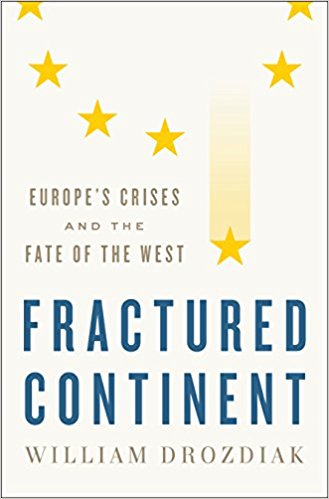


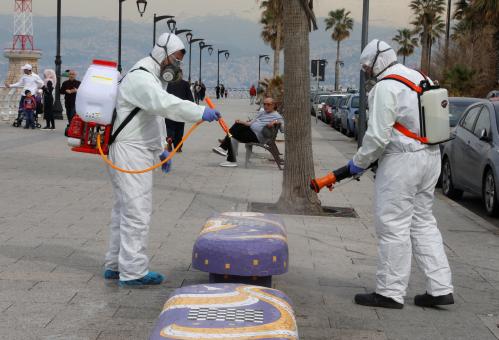
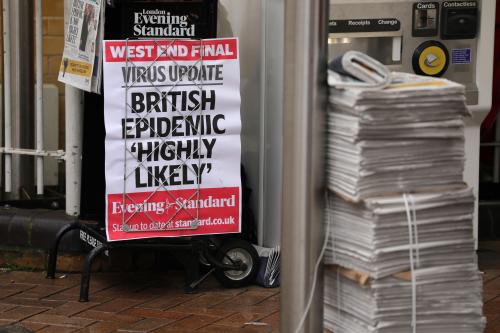
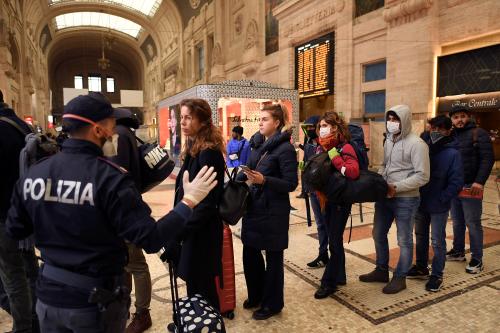
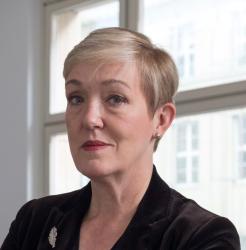
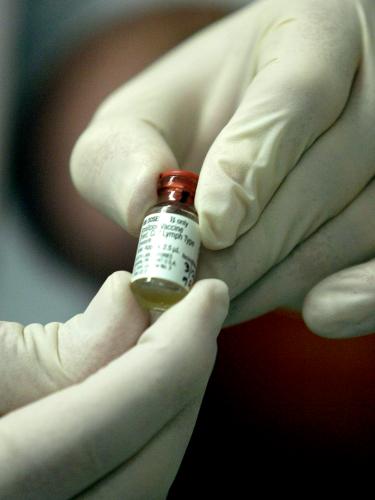

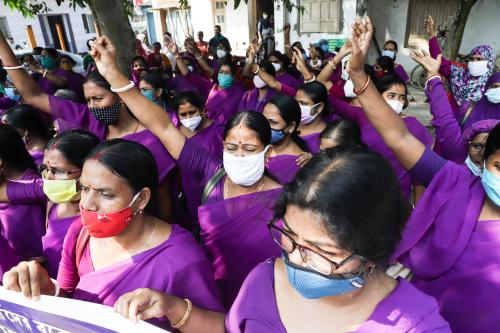
Commentary
Germany pulls out the ‘bazooka’ against the coronavirus — But is it doing enough?
March 17, 2020